The concept of telemedicine accompanies us for many years now; discover its history and how it has evolved to digital age.
What telemedicine or digital health is?
Telemedicine is not only remote healthcare service provision. The World Health Organization (WHO) includes in its definition the concept of ICT, Information and Communication Technologies, that will be in charge of the valid information flow for diagnosis, treatment, prevention, investigation, evaluation, as well as medical education exchange. The final objective of telemedicine is that both, doctor and patient benefit, just as improving health and quality of life of the population.
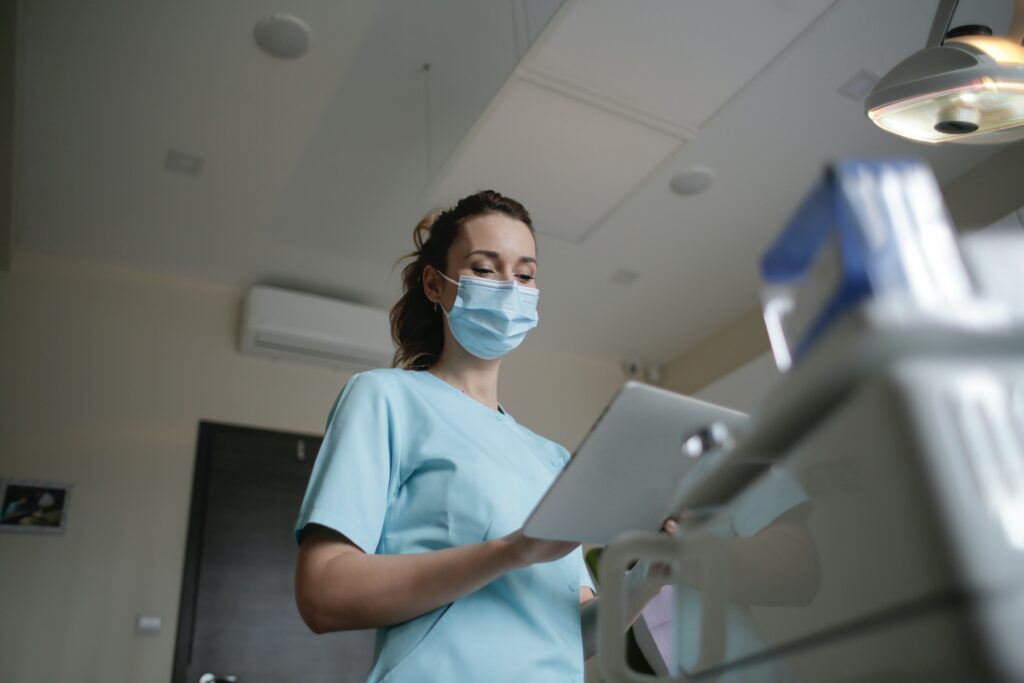
As such, we should consider telemedicine as useful complement, even though it does not substitute at all in-person interaction, as explained by the WHO. Also we should take into consideration the importance of having qualified healthcare professionals and guarantee patients’ confidentiality.
History of telemedicine
When thinking about telemedicine, we could easily fall into the trap to associate it with the recent times, but the healthcare system showed an interest in telemedicine long before that. According to the Study of the virtual health consultation and its benefits for the healthcare system by Barcelona Health Hub, the first real boost occurred in the 1940s and 50s as a result of initial attempts to transmit radiological images.
The foundations of current telemedicine were laid in the 1960s and 70s through two ways, the steady progress in medical imaging technology and continued investment in remote healthcare programs for rural communities, mainly in the United States of America. However, the quantum leap in this field occurred in the late 1990s and early years of the 21st century as a result of the advent of internet and the digital society.
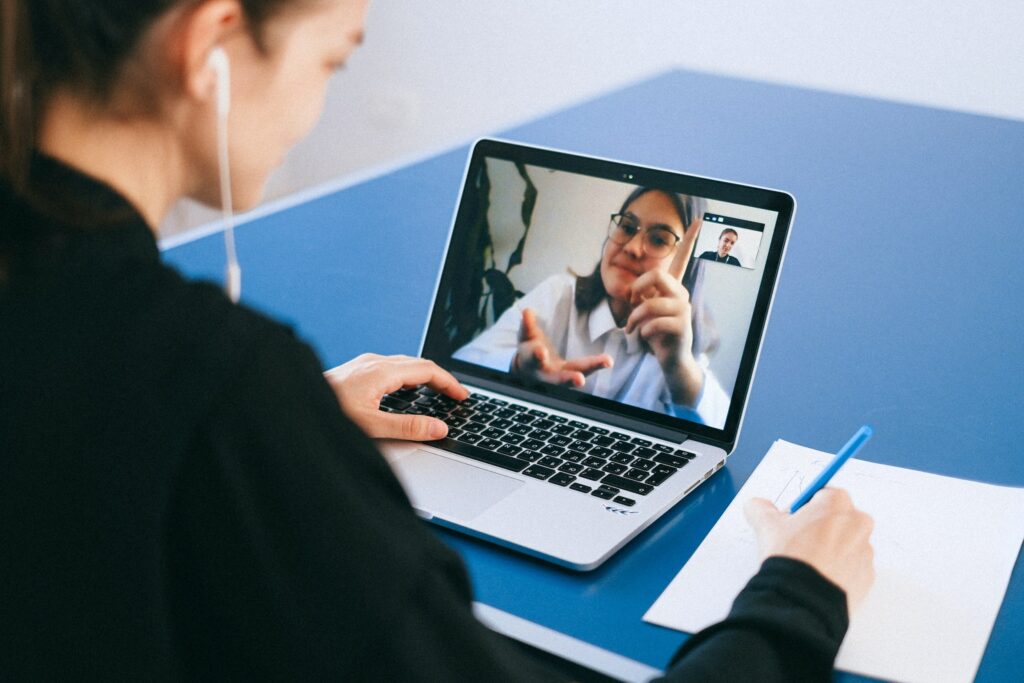
During last year, due to the Covid-19 crisis, with the health system collapse and the impossibility of get around in some cases, medical sector is accelerating a process that has been forged for many years.
Benefits of telemedicine
Telemedicine offers improvements at different levels, according the quoted study by Barcelona Health Hub:
- Health Outcomes: At the present, telemedicine offers health outcomes similar to in-person consultations, as well as healthcare optimization, improving the time of response, waiting lists and patient care.
- Patients’ experience: improved access to outpatient visits, costs and travel time savings, and shorter waiting time for entry into the clinic. Patients prioritize the quality of the diagnosis and time response and exists a user satisfaction above the usual procedures.
- Professionals’ experience: this group also benefits of the quality consultation, similar to in-person.
- Sustainability of healthcare system: with telemedicine waiting lists are shorter, the resources are optimized and consultation times are shorter too, increasing the number of consultations by reducing unnecessary in- person consultations.
Barriers limiting the implementation of telemedicine
In the same study we can find the constraints affecting innovation:
- Regulatory barriers: in Spain there is a lack of specific legislation on this matter.
- Training -and experience- related barriers: The reluctance to change, by both the patient and the professional, due to a lack of training in the use of new technologies.
- Financial barriers: Mainly public sector is limited due to a lack of definition of a legal framework for the reimbursement of teleconsultations.
- Safety barriers: There’s a lack of legal certainty in the accreditation and registration of services and healthcare professionals, as well as a system that allows the patient’s identity to be verified. One of the main challenges to be faced in the future is the development of tools to safeguard medical data confidentiality.

Teleaudiology
Focusing now on teleaudiology, the telemedicine adapted to the world of audiology. Among other benefits, it can help users that do not live close to their auditory centre, for saving costs and time which means not having to move. In our article dedicated to teleaudiology you will find detailed information about the digitalisation of this process.
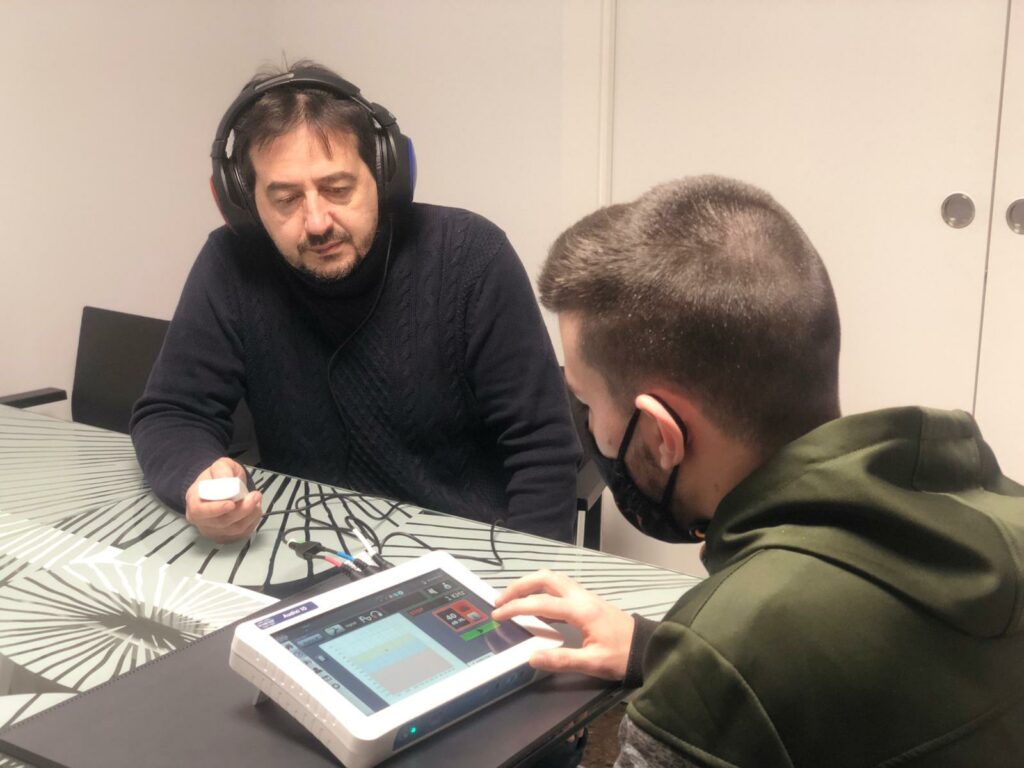
Audixi 10, our audiometer adapted to teleaudiology
We are now focusing on our range of audiometers Kiversal Audixi 10 and our solution for performing remote audiometries.
Audixi 10 is a tablet sized, light weight and easy to carry device, equipped with USB, Ethernet and WIFI connections that supports Internet Protocols natively, it also incorporates an innovative calibration system remotely managed and it is capable to export data easily. Additionally, the audiometer offers the option to be controlled remotely through the usage of a free viewer client (VNC protocol); this functionality allows exporting the audiometer screen to the PC screen and capturing mouse and keyboard strokes from the PC. Also, Kiversal has developed a web service for accessing the remote control of the audiometer from a browser from anywhere in the Internet. Together combined with a video conferencing system, allows the professional to perform teleaudiometries in a safe, reliable and easy way.
The range of Kiversal Audixi 10 audiometers can implement two methods of teleaudiometries: asynchronous and real-time (synchronous) audiometries both for tone and speech tests.
Synchronous method
The synchronous method or real-time is implemented on three functional systems:
- A video conferencing system .
- A real time remote control system of the audiometer connected to a web gateway on the Internet.
- KiCloud data base system where audiograms are depicted and reports are generated.
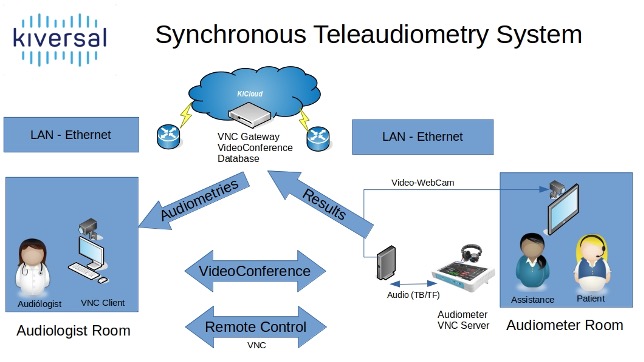
For that purpose, the audiometer Audixi 10 implements internally a terminal server (VNC) for being remote controlled whilst KiCloud platform acts as a gateway for the remote control and also as a VNC to HTML5 converter allowing the use of a web browser as a client installed in the terminal of the video conference. KiCloud also performs functions of: data base, graphic representation and printing reports.
Asynchronous method
On the asynchronous method, the audiometer is able to perform automatic tone threshold tests following Hughson-Westlake procedures and upload the audiogram to KiCloud; web platform cloud- based that implements audiometric tests data base.
Additionally, using voice recognition in the same KiCloud platform with the audio provided by the audiometer, the compounded system is able to perform automated speech audiometry tests.
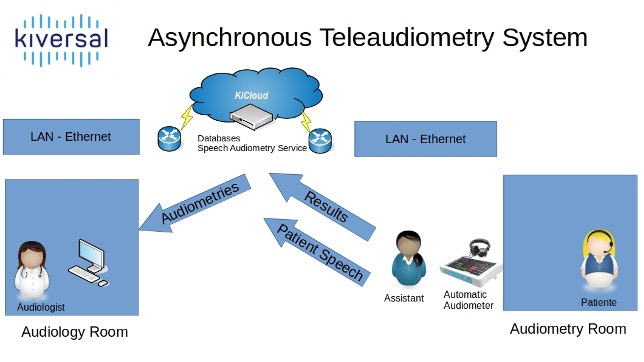
The audiometer also integrates a Plug & Play system that allows to calibrate it and its transducers on the field. This feature eases the calibration status maintenance in remote settings.
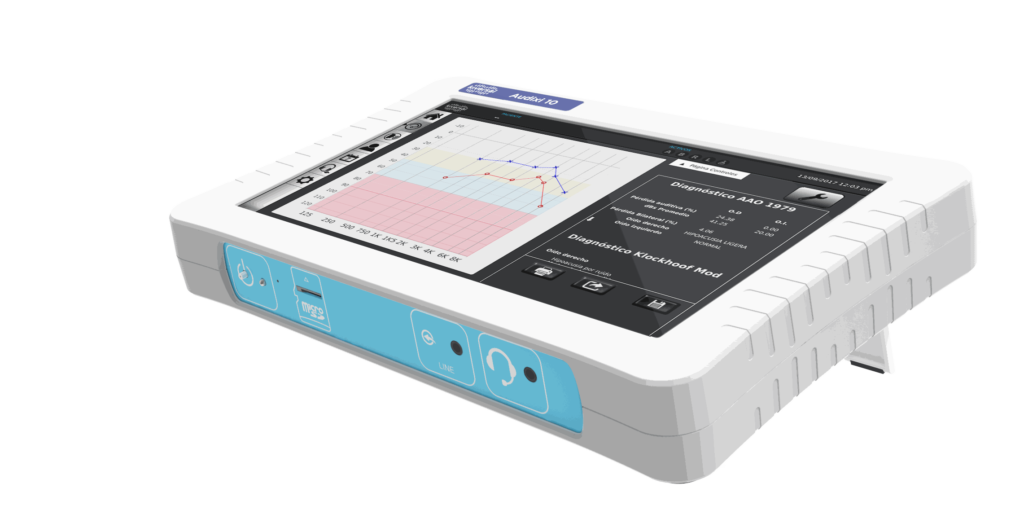
If you want to learn more about our product, do not hesitate to contact us.
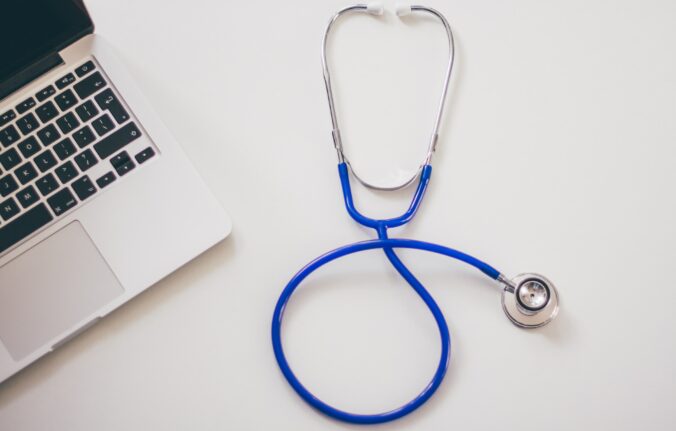
No doubt, the post is incredible and also. Every time I read your blog I was just stuck with the content of the post. How easily you describe every aspect of the topic of the post.
Thank you so much for your feedback. We really appreciate it! 🙂
One of the main advantages of telemedicine is its ability to increase access to healthcare services, particularly in rural or remote areas where in-person care may be limited. It also allows for more convenient and efficient healthcare delivery, as patients can receive care from the comfort of their own homes without having to travel to a healthcare facility.
Totally agree with you! Thank you for your contribution.